Hi There!
I'm Quiana adams
I am a food photographer and stylist, recipe developer, and educator, providing professional services for brands and insightful education for hobbyists and aspiring food photographers alike.
Recipes
Resources
Guides
categories
find me on Instagram
props i love
visit the prop shop
No photoshoot is complete without the right props.
looking for coaching?
BOOK now
My Go-To Lenses for Food Photography
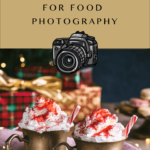

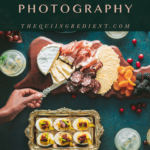
Using the right lenses can make all the difference, especially in your food photography. But lenses can often cost as much as the camera body. As you are venturing into food photography, what lens or lenses should you buy?
Best Food Photography Lenses
Today, I’m going to discuss my favorite lenses I use in my food photography.
I’ve been a professional photographer for over 16 years. I’ve photographed weddings and commercial, and now I’ve transitioned more into food. Because of this, I have a lot of experience with various types of equipment and lenses. When I ventured into food photography, three lenses had the most significant impact on my work.
If you are looking to up your equipment game, you’re not going to want to miss this.
The Difference Between Prime and Zoom Lenses
Before we dive into my favorite lenses, I think it’s important that we discuss the difference between prime and zoom lenses. There are quite a few differences between the two lenses, but I’m only going to only focus on four today.
Focal Length
The first difference I want to note between prime and zoom lenses is focal length. Prime lenses are fixed, their focal length never changes whereas zoom lenses have zoom rings which allow variation of focal lengths depending on what lenses you have.
Aperature
The next difference I’m going to focus on is aperture. We’ve discussed aperture before. If you missed it, or need a refresher, make sure you check out my post on manual mode.
Prime Lens Aperture
Because prime lenses are fixed, they tend to open a bit wider as compared to zoom lenses. This gives you that really nice depth of field where only your subject is in focus and everything else is blurred in the background.
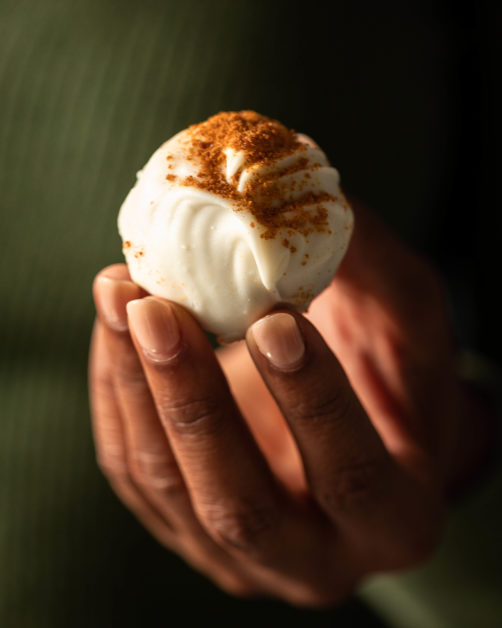
It also helps because you can open really wide to shoot in those low-light situations, especially if you are a natural light photographer.
Zoom Lens Aperture
Entry-level zoom lenses tend to have a max aperture of 3.5 to maybe 4.6. You’ll have to compensate by using shutter speed if you want to balance your image, especially if you’re a natural light photographer.
Professional zoom lenses can open as wide as 2.8 which allows you to get that shallow depth of field and not miss much. Because prime lenses are fixed, they can open wider, whereas zoom lenses have a limitation in that area sometimes.
Sharpness
Prime Lens Sharpness
Nowadays, both prime and zoom lenses have exceptional, sharp focusing capabilities that give fantastic image quality.
Because prime lenses have been around for a long time, brands have had the opportunity to perfect prime lenses in modern-day cameras.
Zoom Lens Sharpness
Zoom lenses can be as sharp as prime lenses, but they are more prone to distortion and chromatic abrasion around the edges. If it doesn’t bother you, that’s fine. Also, you can always crop that in, but it is important to note if you are deciding between a zoom lens and a prime lens.
Price
Price is the main thing that everybody focuses on and wants to know. Prime lenses can be cheaper than zoom lenses, but there are too many variables to consider. Both zoom and prime lenses can be pricey.
Qui’s List of Lenses
If you’re going to invest in a lens, specifically for food photography, you’re going to want to see my list.
50mm

I love my 50mm for its speed, how lightweight it is, and it has excellent depth of field capability. I use my 50mm lens for 85-95% of my work. I shot the video at the top of this post with my 50mm lens.
100mm
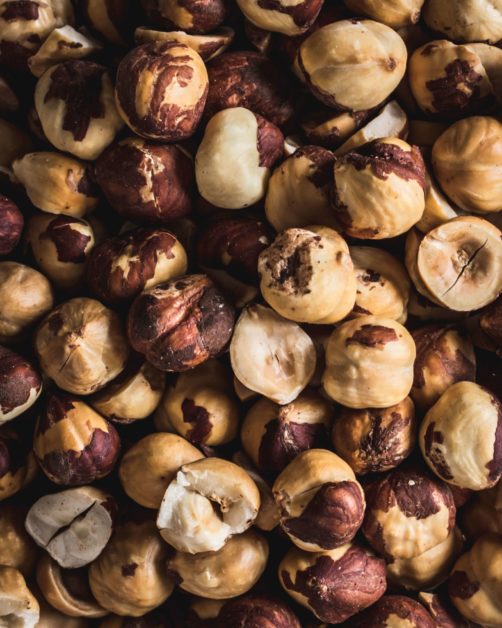
My 100mm lens is what I used when I was shooting wedding photography, and I still use it now in my food photography because of its versatility.
I love my 100mm like I love my 50mm because it is lightweight and it has that macro feature so you can really get in there and get specific details from the food you are shooting.
If you are trying to decide between a 50mm and a 100mm lens, I would have to pick the 100mm.
One of the biggest benefits of the 100mm lens is the price. Compared to other prime lenses, it is quite inexpensive. If you are on the fence about what lens to get then price might be a determining factor. You will probably lean towards the 100mm.
85mm
I don’t use my 85mm lens as often as I would like, but I still keep it around for my shoots.
The 85mm lens is traditionally known as a portrait lens, but it works wonders for food photography. It has a beautiful depth of field, the tact sharpness that you look for in a prime lens, and it’s not as heavy as it could be if it were a zoom lens.
Qui’s Pre-Production Planning Guide
I created my pre-production planning guide to assist you with your planning and your organization, picking your subjects, making your shot lists, and everything else that you should do before you actually break out your camera or a frying pan to begin your shoot.
With my pre-production guide, you can be well on your way to shooting in just five easy steps. If you are tired of struggling through your shoots, or you simply want to be more efficient, make sure you download the five things you must do before you shoot guide today.
What’s your go-to lens for food photography? Do you prefer prime or zoom lenses or both? Please let me know in the comments below.
Add to Pinterest
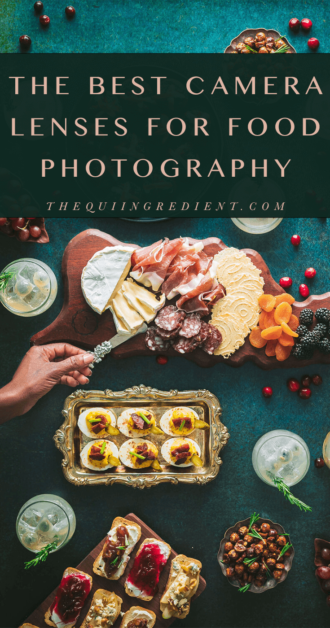
Leave a Reply Cancel reply
You must be logged in to post a comment.
Done-For-You Seasonal Content Delivered To Your Inbox
Join The Qui Ingredient community to receive drag and drop content ideas planning tools and new backdrop releases.
find me on instagram - @thequiingredient
Menu
Homepage
About Quiana
work with me
subscribe to the newsletter
Copyright © The Qui Ingredient
Designed by Gillian Sarah
terms & Conditions
site notice
I am a food photographer, educator, and recipe developer, sharing my passion for bringing flavor to life through stunning visuals.
Hey there,
Privacy Policy
Disclaimer
read the blog